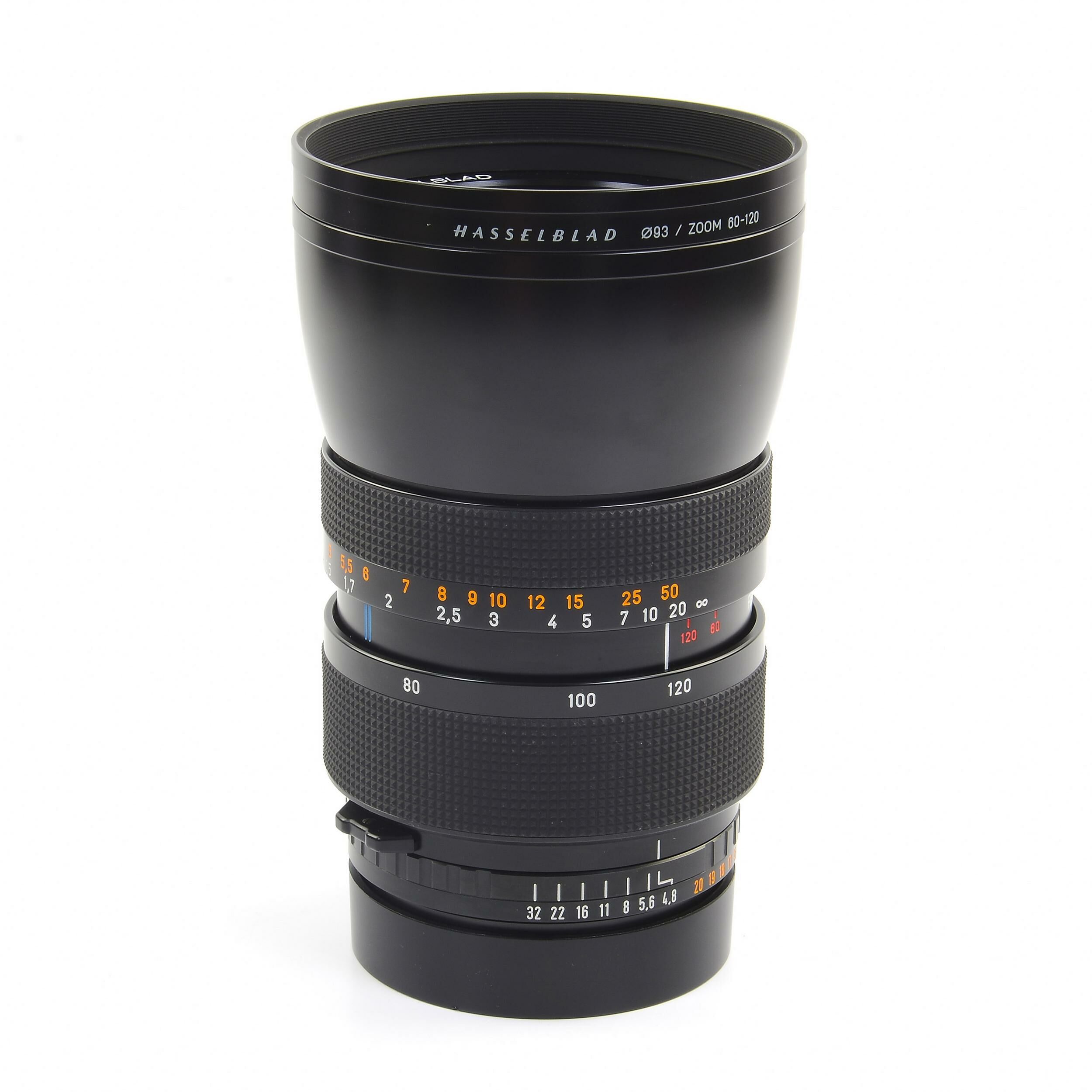

Externally, that’s where the similarity pretty much ends. Like the C / C T lenses, CF, CF FLE and IHI lenses have an all-metal barrel. Hasselblad CF, CF FLE and IHI lens range: in use If you’re in the market for one of the only true circular fisheye lenses ever made, you can pick one up for somewhere in the region of US$25,000. This lens is a bit of a unicorn to say the least. NameĪ new designation for a single lens that was initially only sold to commercial users. This was added in order to provide improved close-distance image photography in these two wide angle lenses. CF FLEĬF FLE lenses include a manually adjustable Floating Lens Element design. It’s cheaper, has some features removed but is optically identical to the Planar CF 80mm f/2.8. It was a slightly modified CF lens that was sold with the 501CM and 501C bodies. Why is there a C lens in the table above? Blame Hasselblad’s marketing department for this confusing designation. Specific details to follow with each lens description further below. These are the lenses we’ll be delving into further below: CFĬF lenses were manufactured from 1980-1989 and whilst externally different from the C / C T* lenses they are on the whole optically identical. More on that unicorn a little further down. My guess is that not many people at Hasselblad have either. If you’re already familiar with CF and CF FLE lenses, the chances are that you’ve never heard of, come across or even seen either of the two CF IHI designation lenses discussed in this article. Unlike the F/FE lenses (discussed in the next part of this series), which included automatically adjusting FLE systems, the two CF FLE lenses detailed below required an additional human interaction in order to be fully dialled in. The introduction of Floating Lens Element (FLE) designs from 1990 onward is something of note, however, these updates were made to only two CF lenses in an effort to optimise image quality at close distances. Nearly every C / C T* lens was updated with a new CF barrel design from 1980 onward, although optical design for most lenses remained (for the most part) completely unchanged. Updated shutter/aperture interlock mechanism.Updated black external finish with rubber grips.Upgraded Prontor CF shutters with improved reliability.All lenses now come with a T* multicoating.(For the sake of clarity, C and C T* lenses are split into two groups making it technically eleven designations.)ĬF, CF FLE and IHI lenses share a number of enhancements over their C / C T* counterparts, which can be best summarised as follows: Floating Lens Element.įocal plane shutter support. Here’s how CF, CF FLE and IHI lenses fit into the wider family: Designation Together they cover focal lengths from 24mm to 500mm, from specialist fisheye lenses and macro optics to the world’s first medium format zoom lens. The three CF, CF FLE and CF IHI generations/designations cover 19 lenses made over the course of nearly 20 years from 1980 to 1998. Hasselblad CF, CF FLE and IHI lens range: an overview 6 Hasselblad CF IHI lens range: in-depth.5 Hasselblad CF FLE lens range: in-depth.4.13 Sonnar-Superachromat CF 250mm f/5.6.3 Hasselblad CF and CF FLE lens range: compatibility and curiosities.2 Hasselblad CF, CF FLE and IHI lens range: in use.1 Hasselblad CF, CF FLE and IHI lens range: an overview.The Hasselblad V-System master guide: CF, CF FLE and IHI lenses - EMULSIVE Close Search for:


 0 kommentar(er)
0 kommentar(er)
